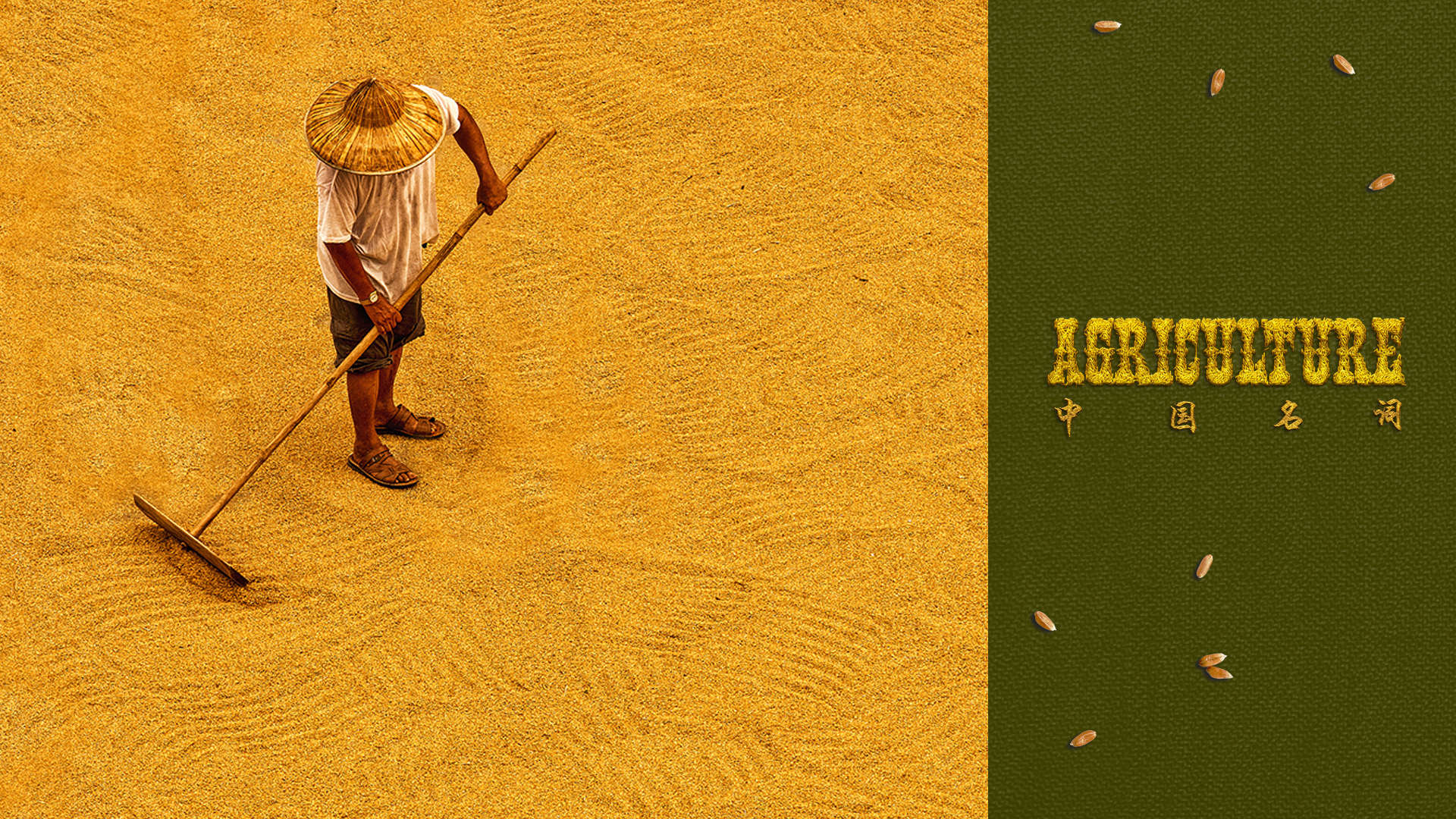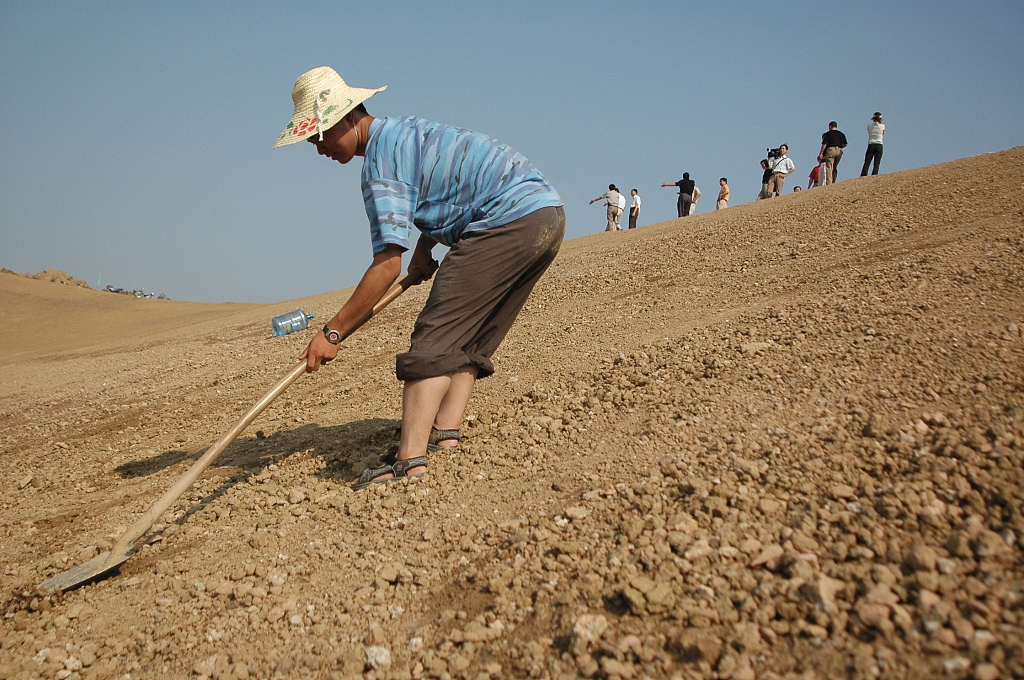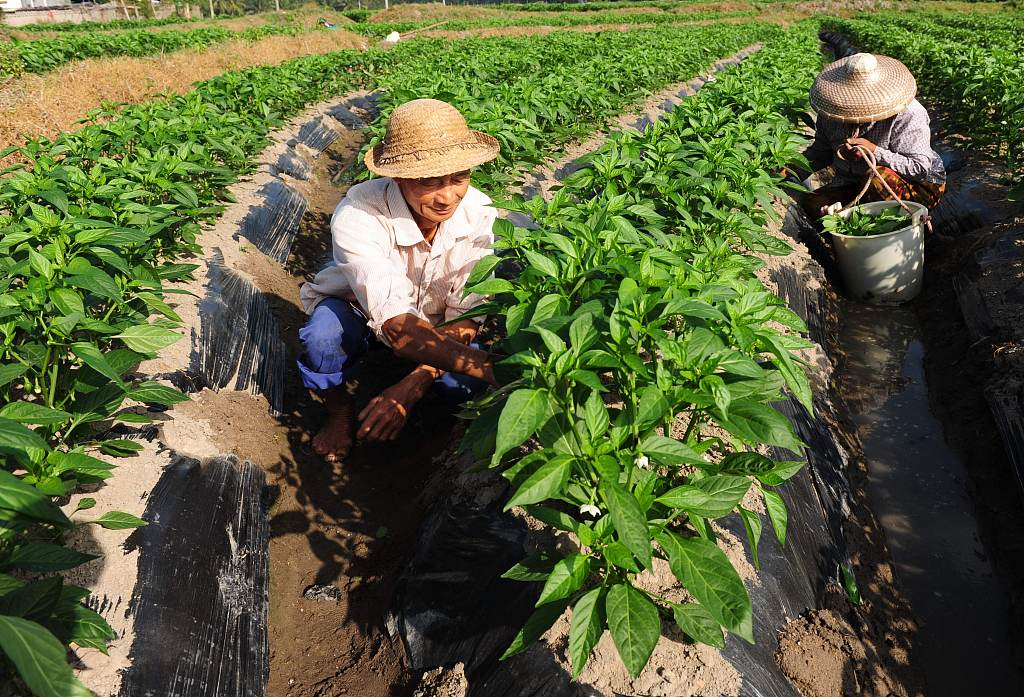03:33

China is the world's biggest agricultural producer, feeding one-fifth of the world's population with only 10 percent of its arable land. And despite China's development over the past few decades, agriculture still plays a major role in the economy.
Back in 1950, a year after the People's Republic of China was founded, following years of conflict and insecurity, the country began restoring its economy. In order to increase agricultural output, China launched a land reform known as "tu gai" in Chinese.
It confiscated lands from landlords and distributed them to farmers, a move that in fact broke the old feudal system in the countryside. The reform was seen to be a great boost to the agricultural sector and contributed to increased productivity.
The gradual development of the agricultural sector pushed China's leadership to launch another round of rural reform. During the 1950s, it assumed control of the country's production materials, thus realizing the public ownership of production materials — one of the key principles of Communism.

A farmer plows the farmland in Jiangsu Province, east China. /VCG Photo
A farmer plows the farmland in Jiangsu Province, east China. /VCG Photo
Rural communities all over the country ran the system called "people's commune," which essentially managed all agricultural activities in that particular area on behalf of the state. Farmers were organized into small production teams, where they obtained the "work points," or "gong fen" in Chinese, for their daily services.
However, the system had its flaws. There were no incentives to work harder or think creatively, and farmers began to lose motivation. The designers of China's reform and opening up recognized this problem and introduced a new form of production in 1978, called "bao gan dao hu" in Chinese, which could be literally understood as "fully contracted to households."
Under the new system, land was leased to farmers through a special contract and farmers had the freedom to manage their holding in ways they wanted. This system proved to be an instant success, and improved both the quality and quantity of agricultural produce.
The following years saw a rapid urban expansion. In order to meet consumers' increasing food demands, China launched a campaign called "the vegetable basket project" in 1988.

Farmers work in the field in China. /VCG Photo
Farmers work in the field in China. /VCG Photo
The project was aimed to increase vegetable production, and better stabilize food prices. Vegetable and fruit bases were set up around the country under the project, enabling people to fill their plates with fresh vegetables all year round.
China's economy developed at break-neck speed over the following decades. With better opportunities in the country's urban areas, more and more people in rural areas moved to work or even live in cities. The trend has become so strong in recent years that the government is now looking for ways to keep them at home.
Through various "rural revitalization" initiatives, authorities are now trying to develop rural commerce, create pleasant living environments, promote civility and effective governance, and improve living standards in the countryside.
Over the past seven decades, China's agricultural sector has been on a firm path towards modernization. It's a journey that promises to create even more opportunities and sustainable development in the countryside.